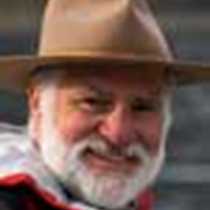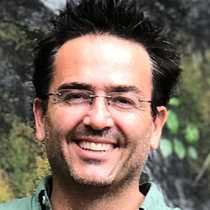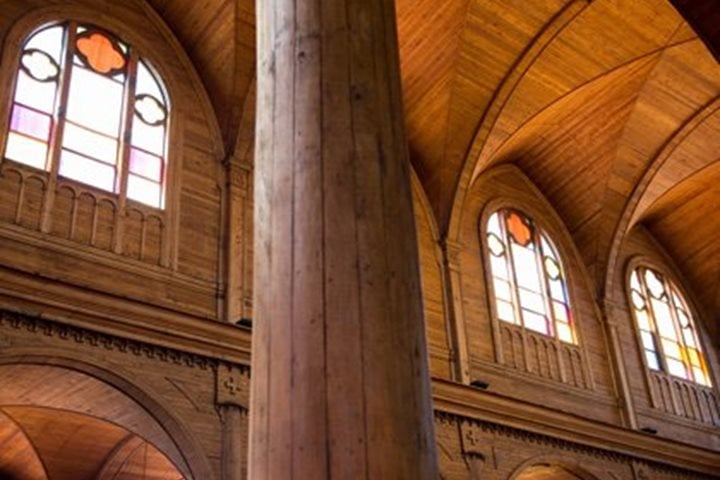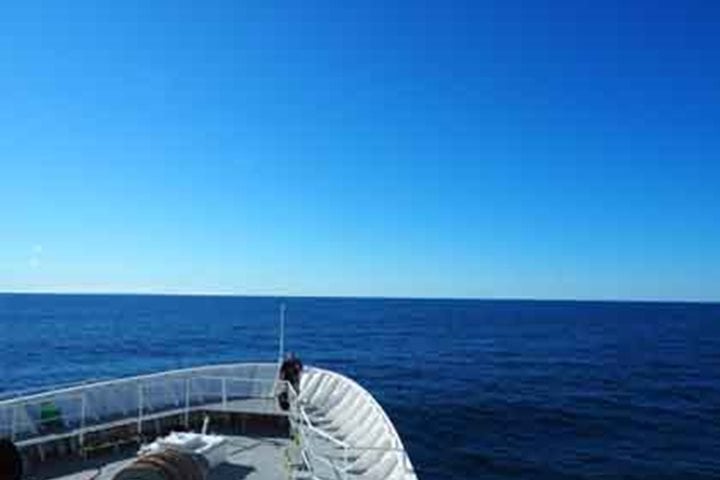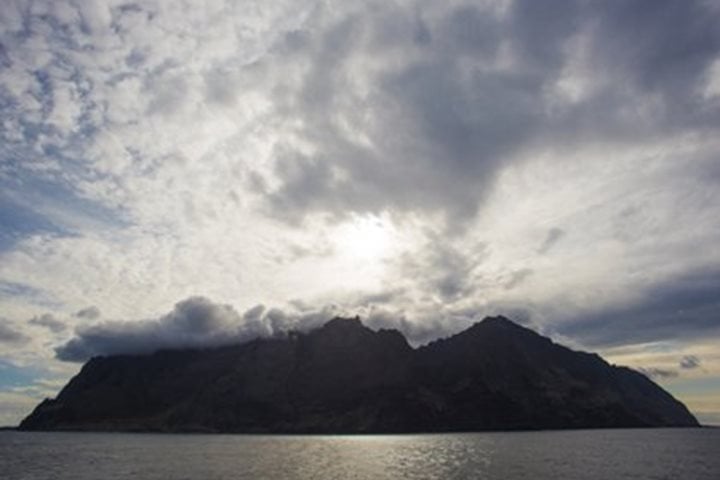Throughout the night we sailed south from Puerto López across the wide entrance to Guayaquil and made our approach to the island of Santa Clara. The island lies some 26 nautical miles west of Puerto Bolívar, on the mainland of Ecuador. The island was also known as Isla del Muerto as it looks from afar like a dead man.
We all enjoy the leisurely start to the day, which we have been afforded by our expedition leader, with a later than usual wake up call, head off to breakfast, and a little later we board the Zodiacs and set off towards the island, which is some way off. The way over is quite bumpy and sea spray on occasions is lifted and then the wind takes over ensuring that those at the front of the redoubtable little craft get their share of sea spray. Thankfully the day is sunny and warm and so the discomfort becomes more bearable.
As we get closer to the island we quickly understand why these islands have been protected since 1999. The sky is filled with birds soaring and flying and many thousands scattered throughout the main island. The top of the land has a crest of dry trees, they also are covered with perching frigatebirds. With our binoculars it is possible to occasionally see little dots of red among the birds, denoting inflated gular pouches on the male frigatebirds. There are other birds sighted such as brown pelicans, blue-footed boobies, laughing gulls, and terns, including the occasional spectacular Inca tern.
South American sea lions are also spotted in the water and at the base of the sea stacks to be found at either end of the island. These are young males hanging out with each other.
The island and sea stacks are skirted by breakers warning us of shallow underlying rocks and reefs. The Zodiac drivers have to be on the alert for these hidden hazards, not visible in the murky waters.
The afternoon is spent leisurely at sea as we make our way further south for our entrance into Peruvian waters and our clearance into the next nation along the long west coast of South America.
To ensure that we continue along our learning curve we have the opportunity to hear a presentation on “The Tectonic Evolution of the Andes” followed by the obligatory tea time, but today there is also the option to enjoy some ceviche accompanied by Ecuadorian beer.
In a good frame of mind we then have the chance to hear our photo team critique images shared by the guests.
By 22.00 hours we are anchored off Paita our first port of call in Perú to have the ship cleared. Our experiences in Ecuador have enriched us all and we look forward to the next stage of our journey the land where the Incas once reigned supreme.



